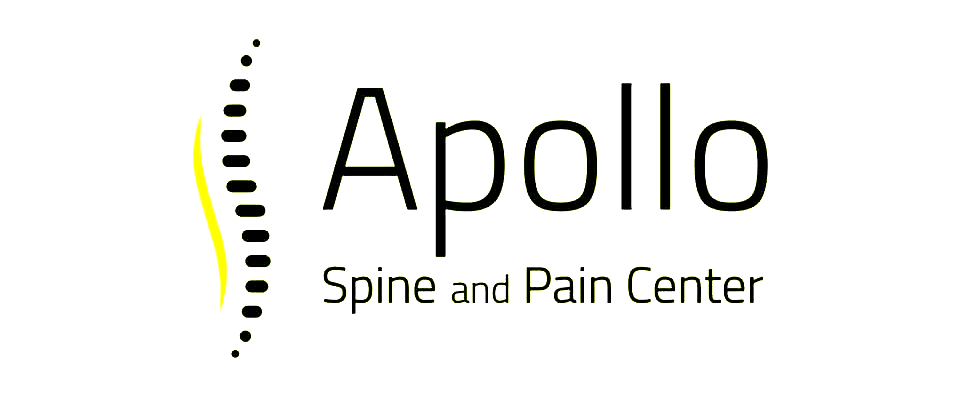Fibromyalgia: Symptoms and Relief Tips
Fibromyalgia is a condition that causes widespread muscle pain and fatigue. It affects millions of people around the world. Living with fibromyalgia can be tough because the pain and tiredness can make even simple tasks feel challenging. It is important to understand what fibromyalgia is and how it affects the body to find the right ways to manage it.
Doctors believe that fibromyalgia amplifies painful sensations by affecting the way the brain processes pain signals. This means that people with fibromyalgia might feel pain more intensely than others. The condition can also bring along other symptoms like difficulty sleeping, headaches, and problems with memory or thinking.
Learning to manage fibromyalgia involves a mix of finding immediate relief for pain and making long-term lifestyle changes. In this article, we'll look at what fibromyalgia is, the common symptoms people experience, and offer tips for both quick pain relief and long-term management. Our goal is to help you live a more comfortable life despite the challenges of fibromyalgia.
What Is Fibromyalgia: Understanding the Condition
Fibromyalgia is a long-term condition that causes widespread muscle pain and tenderness. Doctors believe it affects how the brain processes pain signals, which results in amplified pain sensations. Unlike arthritis, fibromyalgia affects soft tissues, not joints.
This condition doesn't damage tissues directly but impacts the body's pain response. People with fibromyalgia often feel pain more intensely and experience it more often. It can be triggered by physical trauma, surgery, infection, or significant psychological stress. Sometimes, symptoms gradually accumulate over time without a single triggering event.
Understanding fibromyalgia means recognizing that it involves more than just physical pain. The condition is also linked with fatigue, sleep disturbances, and mood issues. This complex nature makes it tricky to diagnose since there is no specific test for fibromyalgia. Instead, doctors diagnose it based on a combination of symptoms and ruling out other conditions.
Common Symptoms of Fibromyalgia
Fibromyalgia brings various symptoms that can vary from person to person. Knowing these symptoms can help in managing the condition more effectively.
- Widespread Pain: The main symptom is ongoing pain throughout the body. The pain is often described as a constant dull ache that lasts for at least three months. It can occur on both sides of the body, both above and below the waist.
- Fatigue: Even after long periods of sleep, people with fibromyalgia often feel tired. Sleep is frequently disrupted by pain, and many patients also have other sleep disorders, such as sleep apnea.
- Cognitive Difficulties: Known as "fibro fog," this symptom includes problems with focus, attention, and memory. These cognitive issues can interfere with simple daily tasks and occupational duties.
Additional Symptoms:
- Headaches or migraines
- Sensitivity to loud noises, bright lights, or temperature
- Tingling or numbness in hands and feet
- Irritable bowel syndrome (IBS)
- Depression and anxiety
By recognizing these diverse symptoms, individuals can better communicate their experiences with healthcare providers for a more accurate diagnosis and effective treatment plan.
Immediate Pain Relief Tips
Dealing with fibromyalgia pain can feel overwhelming, but there are some simple techniques that can provide quick relief. These tips may help you manage sudden flare-ups of pain and discomfort.
- Heat and Cold Therapy: Applying heat packs to sore muscles can help relax and soothe them. Warm baths or showers can also be calming and relieve stiffness. Alternatively, cold packs can reduce inflammation and numb sharp pain areas.
- Gentle Stretching and Exercise: Light stretching can increase blood flow to your muscles, reducing stiffness and easing pain. Gentle exercises like walking, swimming, or yoga can also boost your mood and energy levels. Aim for low-impact activities to avoid over-exertion.
- Mindfulness and Relaxation Techniques: Practicing mindfulness, meditation, or deep breathing exercises can help you manage stress and reduce the perception of pain. Taking a few moments each day to focus on relaxing your mind and body can make a big difference.
- Over-the-Counter Pain Relievers: Non-prescription medications like ibuprofen or acetaminophen can provide temporary relief from fibromyalgia pain. Always follow the dosage instructions and consult with a healthcare provider if you have any questions.
- Massage Therapy: Gentle massages can relax tense muscles and reduce pain. Whether it's a professional massage or a simple self-massage at home, this technique can help alleviate discomfort.
Using these methods can help manage the daily challenges of fibromyalgia and improve your overall comfort.
Long-Term Management Strategies
Finding ways to manage fibromyalgia over the long term can lead to a more comfortable and fulfilling life. While immediate relief is important, long-term strategies focus on reducing pain and improving daily function.
- Regular Physical Activity: Staying active can reduce fibromyalgia symptoms. Regular, low-impact exercise such as walking, swimming, or biking can help maintain muscle strength and reduce pain. It's important to start slowly and increase activity levels gradually.
- Healthy Diet: Eating a balanced diet can help control inflammation and boost energy levels. Include plenty of fruits, vegetables, lean proteins, and whole grains in your meals. Staying hydrated by drinking plenty of water is also essential for overall health.
- Good Sleep Hygiene: Getting enough quality sleep is crucial for managing fibromyalgia. Create a relaxing bedtime routine to improve your sleep patterns. Make your sleeping environment comfortable and limit screen time before bed.
- Stress Management: Reducing stress can lessen fibromyalgia symptoms. Try relaxation techniques such as yoga, meditation, or deep breathing exercises. It's also helpful to engage in activities that you enjoy and that help you unwind.
- Interventional Pain Management: Treatments like regenerative medicine, such as platelet-rich plasma (PRP) therapy, can help repair damaged tissues and provide long-lasting relief. Consult with a pain management specialist to explore all available options.
Creating a routine that includes these strategies can help you take control of fibromyalgia and lead a more active and satisfying life.
Conclusion
Fibromyalgia is a challenging condition that causes widespread pain, fatigue, and cognitive difficulties. Understanding the symptoms and learning both immediate and long-term management strategies can vastly improve your quality of life. From simple tips like applying heat packs and gentle stretching to more advanced techniques like interventional pain management, there are many ways to find relief.
It is essential to stay proactive in managing fibromyalgia by integrating healthy lifestyle choices, such as regular physical activity, balanced nutrition, and effective stress management techniques. These efforts can help reduce the intensity of symptoms and improve daily functioning.
If you're struggling to cope with fibromyalgia pain, consider reaching out to professionals who specialize in pain management. At Apollo Spine and Pain Center, we are dedicated to helping you find the best
fibromyalgia pain management for your unique situation. Contact us today to schedule a consultation and start your journey to a more comfortable life.












